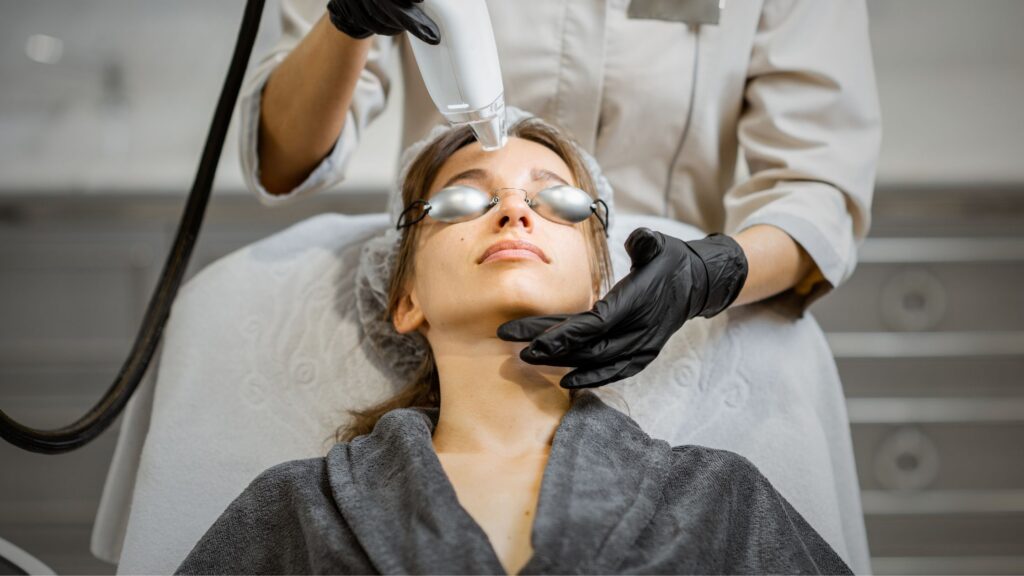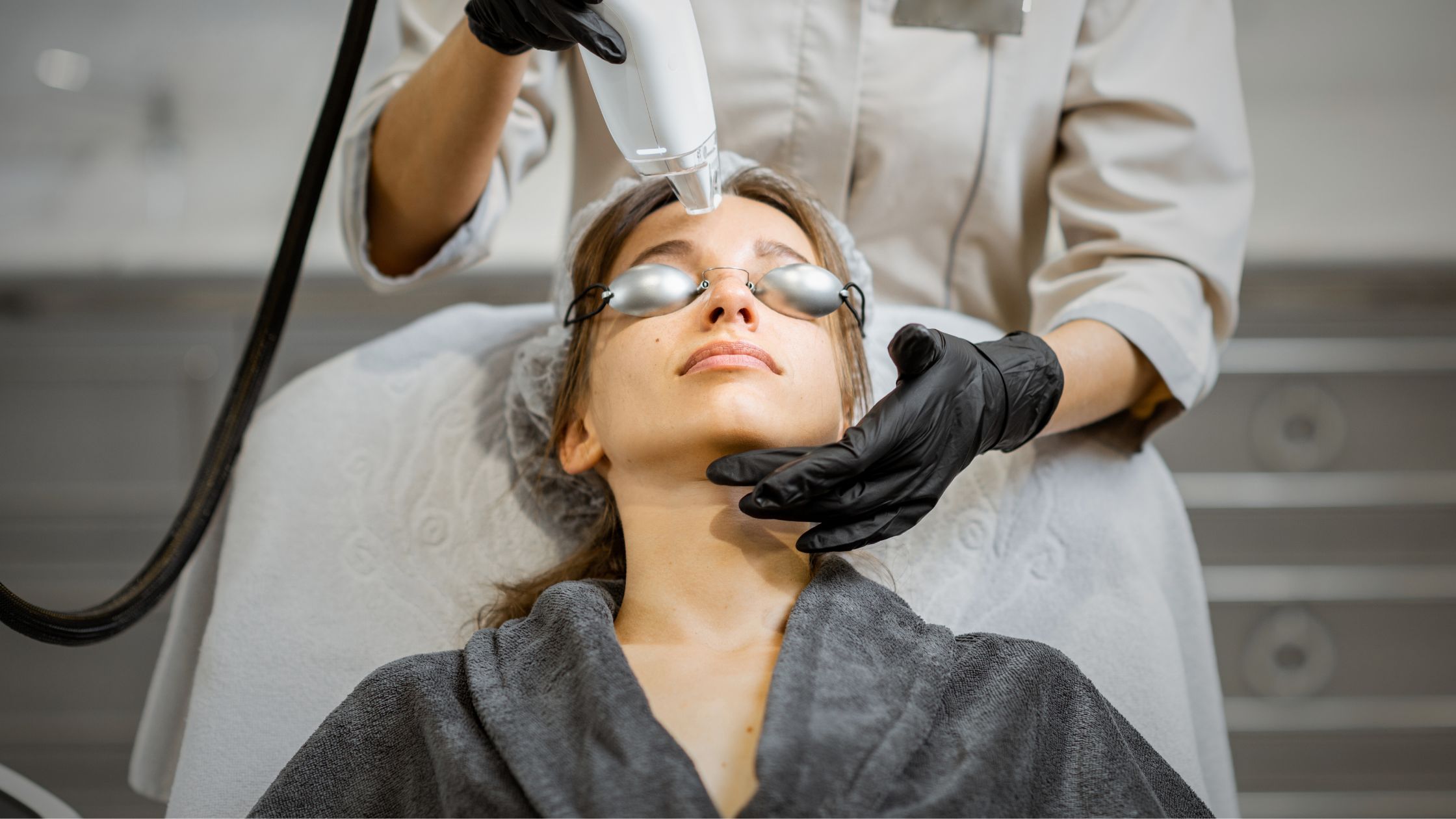
What Is CO2 Laser Resurfacing?
CO2 (carbon dioxide) laser resurfacing is a technique that uses a highly concentrated beam of light energy to remove the outer layers of damaged skin. This fractional laser technology creates microscopic thermal zones, targeting specific areas of the skin while leaving surrounding tissues intact. This promotes rapid healing and stimulates the production of new collagen—an essential protein that gives skin its strength and elasticity.
Modern CO2 lasers are fractional, meaning they deliver energy in a pixelated pattern rather than uniformly across the skin. This approach minimizes downtime and reduces the risk of complications while achieving remarkable clinical results.
Indications and Benefits:
CO2 laser resurfacing is a versatile treatment indicated for a range of dermatological and aesthetic concerns, including:
- Fine lines and wrinkles, particularly around the eyes and mouth
- Acne scars and surgical scars
- Hyperpigmentation and sun damage
- Uneven skin tone and rough texture
- Enlarged pores
- Skin laxity and aging-related changes
Patients often report noticeable improvement in skin clarity, firmness, and smoothness after a single session, with optimal results developing over a period of 3 to 6 months as new collagen forms.
The Procedure: What to Expect:
Before treatment, a thorough consultation is essential to assess the patient’s skin type, medical history, and aesthetic goals. Pre-procedure photographs are usually taken for comparison.
On the day of the procedure:
- A topical anesthetic or local anesthesia is applied to minimize discomfort.
- The laser is adjusted according to the treatment area, skin condition, and desired depth.
- The session may last between 30 to 90 minutes, depending on the extent of treatment.
Immediately following the procedure, patients may experience redness, swelling, and a sensation similar to sunburn. Peeling and crusting may occur during the healing phase, which typically lasts 5 to 7 days for lighter treatments and up to 14 days for deeper resurfacing.
Post-Treatment Care and Recovery:
Proper aftercare is crucial to achieving the best results and preventing complications:
- Keep the treated area clean and well-moisturized using prescribed products.
- Avoid sun exposure and apply broad-spectrum sunscreen daily.
- Refrain from using makeup until the skin has adequately healed.
- Follow up with the plastic surgeon as scheduled to monitor progress.
While initial results can be seen once the skin heals, improvements continue over several months. In many cases, results can last for years, especially with good skincare and sun protection.
Risks and Considerations:
Though CO2 laser treatment is generally safe, it is not without risks. Potential side effects include:
- Temporary redness and swelling
- Skin sensitivity and irritation
- Hyperpigmentation or hypopigmentation, particularly in darker skin types
- Infection, if aftercare instructions are not followed
Choosing an experienced and board-certified dermatologist significantly reduces the risk of complications and ensures appropriate treatment planning.
Conclusion:
CO2 laser resurfacing is a scientifically backed, clinically proven treatment that delivers long-lasting improvements in skin texture, tone, and appearance. With its ability to address multiple skin concerns through a single procedure, it continues to be a cornerstone in aesthetic Medicne.

